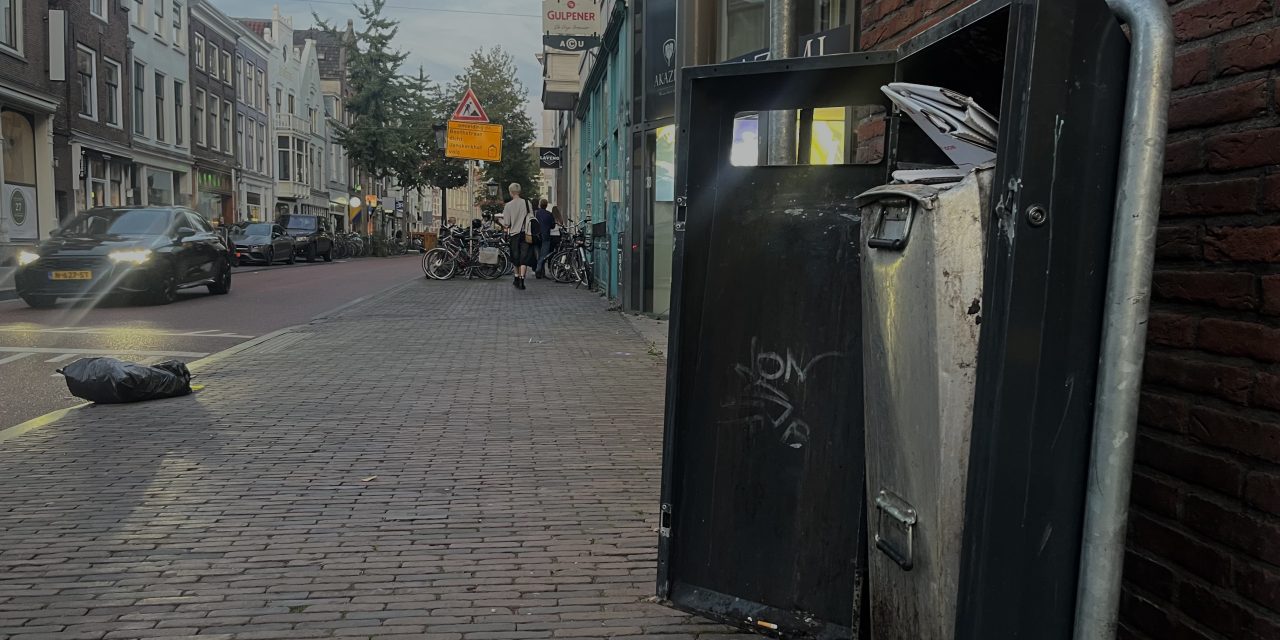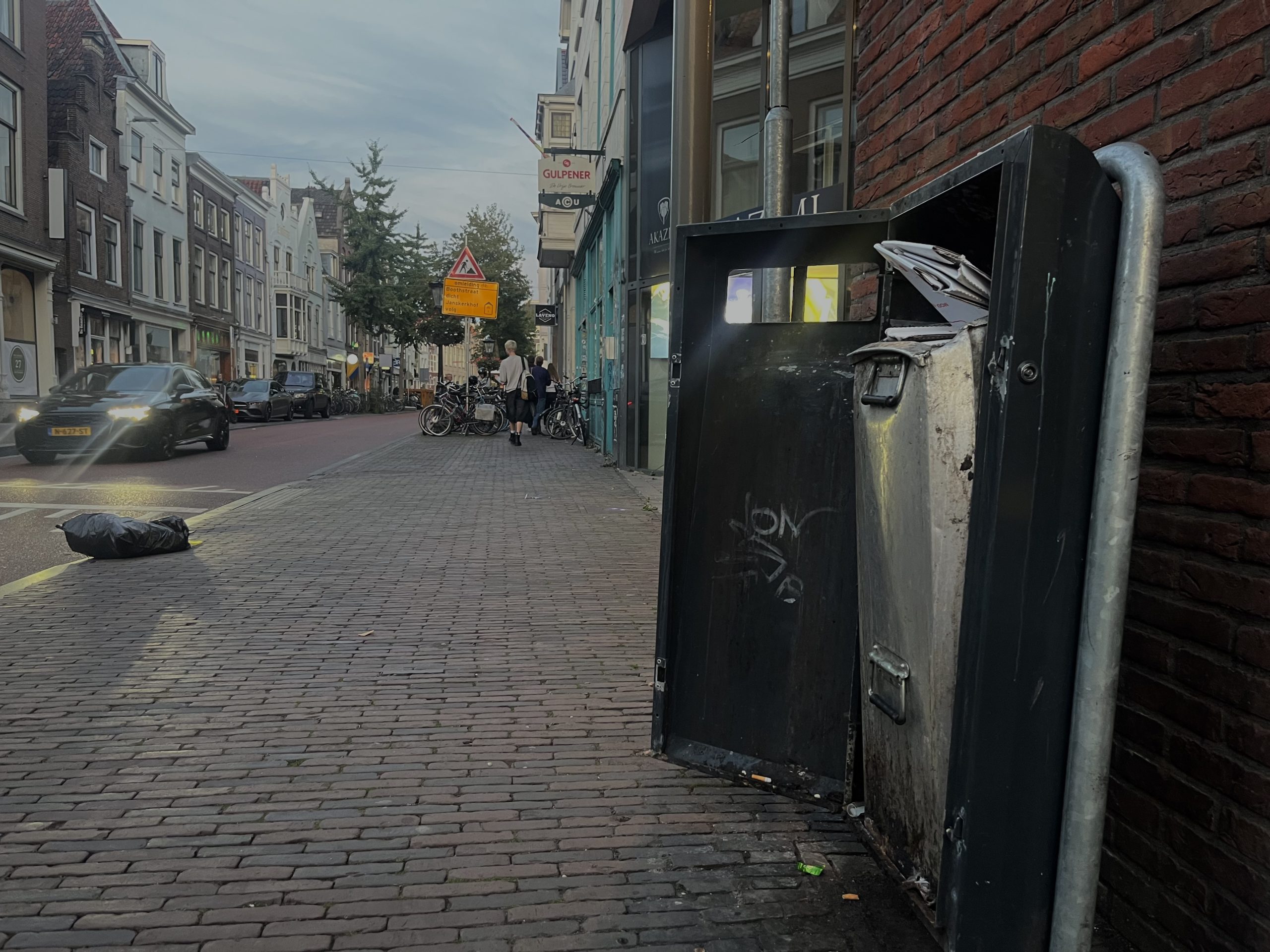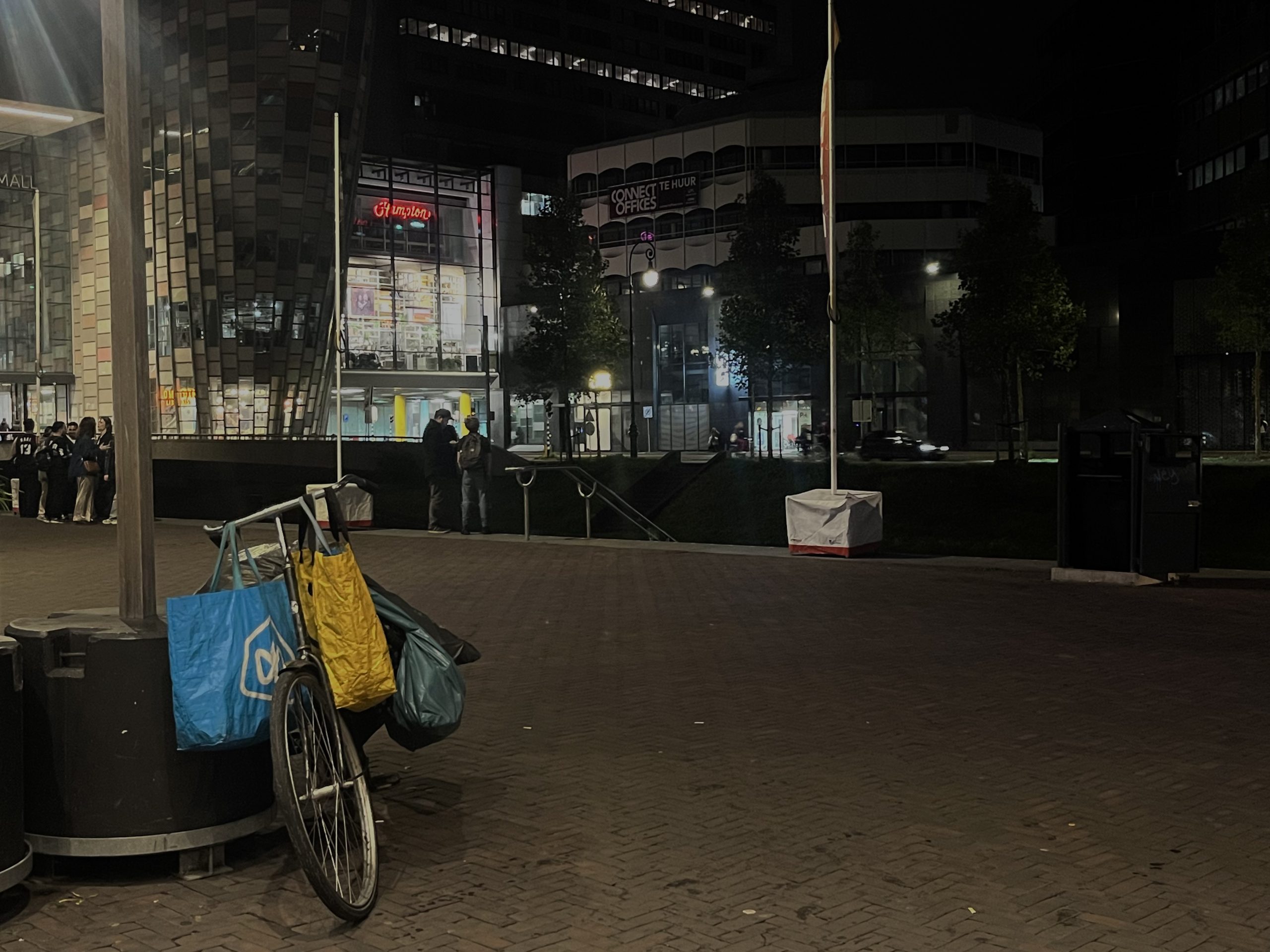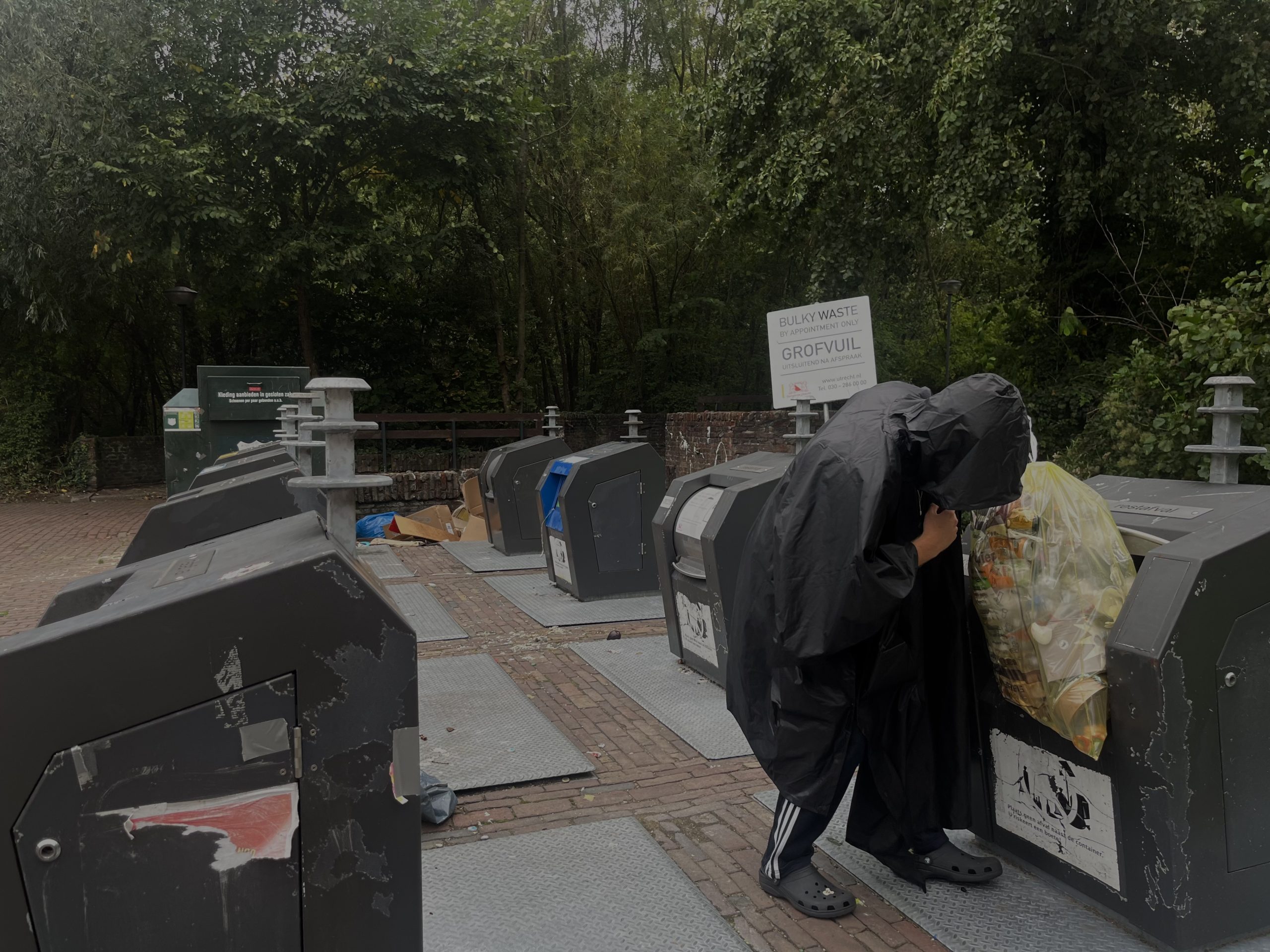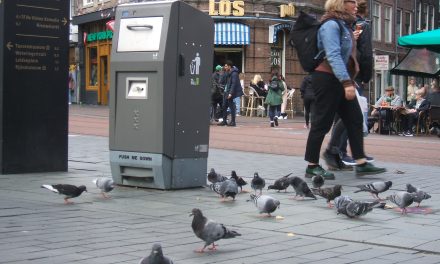Across the European continent, 1.3 million people are facing homelessness. One of the main reasons for this is the existing housing crisis that is striking Europe and, particularly, The Netherlands. But is the cause only the housing shortage? Are the current measures addressing the problem?
An ongoing crisis
Homelessness is happening: Europe is facing a housing crisis that is leaving a great deal of the population on the streets but The Netherlands is facing an especially challenging phase of this crisis.
To understand the situation, we need to have a wide look at the recent status of housing: in 2025, house prices have gone up in 5.7% in the European Union in comparison to the same quarter of 2024.
However, in The Netherlands only, the price increased by 10.7% year-on-year, according to Eurostat.
Between 2018 and 2022, the number of homeless people decreased notably in Dutch cities, which gave the citizens the feeling that progress was being made. According to the Statistics Netherlands (CBS) Report, the number of homeless in 2018 was 39,300 people. In 2022, it was 27,000; the progress was visible. However, things went south for that progress between 2022 and 2024, since that number increased severely to 33,000.
Expert’s view
Maarten Davelaar, senior researcher at the Research Centre for Social Innovation in Hogeschool van Utrecht and an expert on housing, homelessness, and community development points out two category reasons for homelessness. First ones are “individual causes” such as divorce, job loss or going through personal problems like mental illnesses and addictions. The second ones are “structural causes”, which include a lack of affordable housing or low accessibility to a good Health System.
“The Netherlands is a well-equipped country with a functioning social housing system. However, this system is not very accessible for those outside of it”, he affirms. Therefore, where do homeless people fit? Maarten also talks about the concept “hidden homelessness” that is known to be this unstable situation in which people find themselves in precarious housing situations. For example, a migrant that arrives with a temporary job contract is provided with housing during his working period, but once this time is over, they find themselves on the streets or staying in temporary or inadequate accommodations, which does not stand far from homelessness itself.
Smart moves
This causes the arise of questions such as: aren’t there already places for homeless people? The answer is yes. It is extended all over Europe that governments invest a great deal of money in shelters that provide them with temporary accommodation and support. However, according to expert Davelaar, this system is highly unsuccessful.
He points out two important things: firstly, many people come out of those shelters worse than they came in; this translates into not only struggles for themselves but also for society. Secondly, these shelters are also “very inefficient in financial terms”.
Davelaar pleads for other measures: firstly, investing more in prevention of homelessness. Secondly, giving people decent homes which means also re-start paying rents. This comes along with an increase of the probability of getting back into the labor market and paying taxes. “These homes are built for a thirty or fifty-year time span, which translates into high-cost efficiency”, affirms the expert.
Despite the governments’ efforts and initiatives to make the right moves, it seems that the wind is blowing in another direction. Perhaps the governments should peer into their coping strategies, follow the experts’ advice, and come up with a fresh approach.
